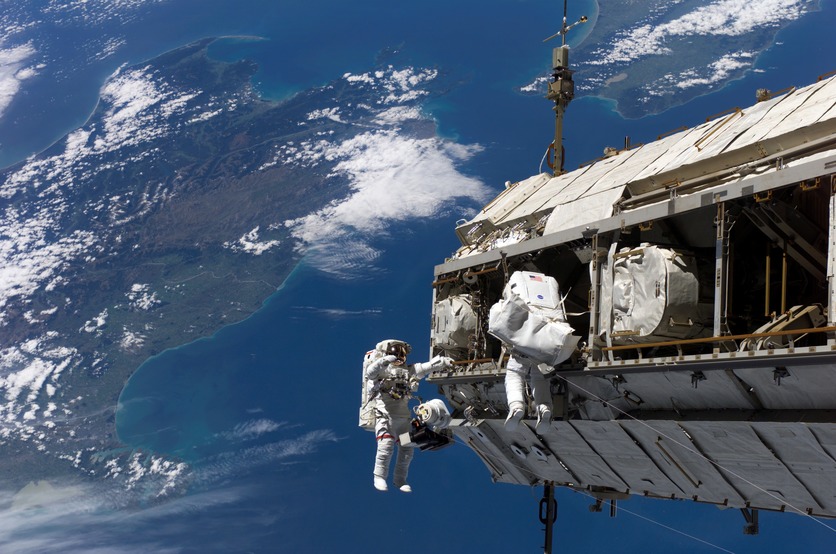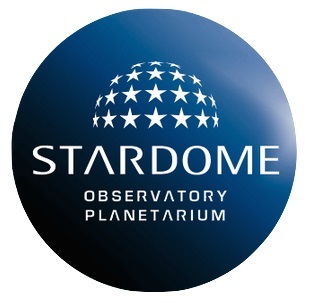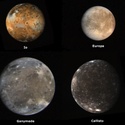Astronomy is a fascinating, complex and deeply rewarding subject. Celestial objects have been studied by humankind for millennia and are the inspiration of countless books, movies and TV shows. In te ao Māori, space has a complex and extensive whakapapa. An ever-developing topic of study, astronomy is rich with exploration opportunities and unanswered questions. Research and discovery results regularly alter what we think we know about space, providing ample material for classroom study. The facts you learned as a child in school are likely to have been updated (sorry Pluto!), possibly more than once.
In the classroom
Astronomy and space science should be included in a classroom plan, even if it isn’t a subject you are familiar with. Astronomical concepts can be taught during the day, without a telescope, in interactive engaging ways – no night sky required. Because there are regularly new developments and discoveries in space, there is no shortage of content and accompanying resources to help teachers. It is a subject that encourages question asking and can be explored as comprehensively as desired.
Where to begin
A student’s understanding of astronomy and space science often includes significant misconceptions, so challenging and correcting these thoughts along the education path is necessary to ensure students leave school with a solid understanding of the science. Some common misconceptions are that the Moon causes night-time, the Sun is the biggest and hottest star or the Sun is a fireball or that Pluto no longer exists.
Find out more about the Moon and its misconceptions.
Before launching into the distant reaches of our universe, it’s important students understand the fundamentals of astronomy. While primary students will be beginning to learn about orbits, the Earth, Moon, Sun and the rest of the Solar System, it’s useful to check with secondary students that they still remember these basics. Beginning a class session on gravity or dark matter without the knowledge of orbits means that the students will be missing large segments of understanding.
Why is it important
While astronomy may seem to be the study of far-off places, it is actually the study of our home – our planet, Solar System and universe. Understanding the elements of our world helps to develop better understanding and appreciation of Earth’s fragility and the importance of preserving our environment. The more we understand the processes on Earth and other planets, the better we can protect the only planet found (so far) that can sustain life.
Students should leave school having explored as many topics as possible. Including astronomy and space science in the classroom means students can discover the opportunities in this area, their capabilities and interest level for further pursuit.
It is a highly inspirational subject and is best articulated in the Carl Sagan Pale Blue Dot clip. Learning about other distant ‘worlds’ or the atoms and molecules that are shared across the universe or the effort humankind has gone to to leave Earth is both motivating and humbling.
With the development of the NZ Space Agency, Kiwis are now part of the global space economy, in 2017 we witnessed the first launch of a rocket from the Rocket Lab site in Mahia. The Rocket Lab team is launching low-cost rockets to send satellites into space for organisations around the world. With New Zealanders on the cutting edge of space technology, there is an opportunity to become leaders of space exploration innovation. Kiwi astronomers, both professional and amateur, contribute to international research by observing stars and discovering comets and exoplanets. There are also career paths in astronomy through research, both observational and theoretical, and in education by teaching astrobiology, astrochemistry, engineering and computer science – the list goes on! The sky is not the limit when it comes to space.
Curriculum links
Astronomy and space science links into multiple subjects and is a good STEAM (science, technology, engineering, art and maths) subject as it features in each of those areas. At every level of curriculum, astronomy or space science features in the Planet Earth and Beyond section.
The nitrogen in our DNA, the calcium in our teeth, the iron in our blood, the carbon in our apple pies were made in the interiors of collapsing stars. We are made of starstuff.
Carl Sagan
Activity ideas
This resource introduces common student alternative conceptions about gravity. It is important that teachers are aware of these during a sequence of lessons so students have a chance to change their thinking as the sequence progresses.
In this activity, students consider evidence for life on other planets outside our Solar System. They examine data to decide on the likelihood of life on certain extrasolar planets.
This activity introduces students to 10 people who work in space-related/supported fields. It is designed to foster blue-sky thinking about how and where students might see themselves in space/astronomy industries.
Citizen science
Find out more about exoplanets using the citizen science projects Planet Hunters and Agent Exoplanet. The Globe at Night is an international citizen science project collecting data about light pollution at night.
Explore more on the Hub
The astronomy topic covers a vast variety of articles and activities, from space junk, and launching satellites to navigating by the stars and the modern-day star compass (kāpehu whetū).
Use our webinar Aotearoa and space to discover a vast collection of resources designed to engage to grow New Zealand students' interest in space. Explore ways to utilise the vast range of articles, activities, videos and interactives we have created in collaboration with New Zealand scientists, engineers and mātauranga experts.
Useful link
See the Otago Museum Astronomy learning bundle – linked to levels 3–5 of the New Zealand curriculum, it includes worksheets, video activities and crafts to make cross-curricular links.
Acknowledgement
This article has been written by Stardome Observatory and Planetarium, which has been operating since 1967. It is a place of exploration, research and sharing of knowledge and hosts New Zealand’s first and still largest planetarium theatre. Stardome Observatory and Planetarium celebrated its 50th anniversary in 2017.







